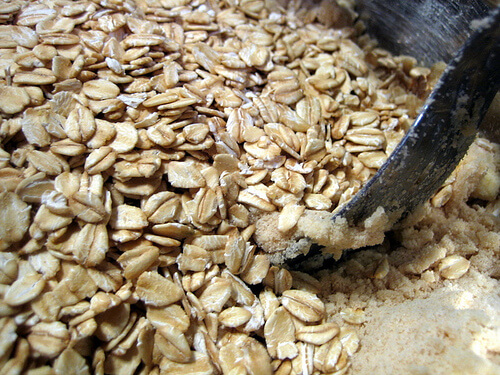(CME Accredited)
Pulsus Conferences hosts the 4th International Conference on Neurology and Healthcare(CME ACCREDITED) which outsources the new research standards in neuro care and advanced healthcare, providing the most integrated approach in academic and research part of healthcare studies. Neurology 2018 will be unique in the series of conferences which will provide interactive sessions regarding Neurocare and quality aspects followed in healthcare industries along with recent advances in the field of neurorobotics. It also provides an opportunity to showcase your research works and innovative works in front of the world for the global recognition.
The event is held in Berlin from September 17-18, 2018.
CME Credits are Awarded for the Conference
Download Conference Brochure @ https://neurology.cmesociety.com/conference-brochure
Neurology 2018 will be a grand event which is focused on the theme “Broader Outlook in the Field of Neurology and Healthcare” and ensures better advancements in healthcare for the future. Neurology 2018 provides you with a great platform to interact with renowned speakers, neurologists and neurosurgeons and other healthcare professionals around the globe. Recent advancements in neurology, neurorobotics, neurosurgery, precision medicines are the trademark of this conference. Neurology 2018 will be a stepping stone to the future health care with its eminent speakers and organizing committee members.
Neurology 2018 serves as an emerging platform to discuss the recent advancements in neurology and healthcare which includes neurorobotics, deep brain stimulation, neurosurgery, precision medicine for neural disorders and more. Neurology 2018 will enlighten the public with the importance of neuro care and its advanced mode of treatments as well as the aspects of neuroscience. The conference also serves with trending works in the field of neurology and the recent research works by pioneer scholars. Recent advancements in neuroscience have shown the entry of technology into the field which had reduced the complexity of neurological examination, neurosurgery and other types of neuro treatments. The continuous research works in this field had introduced several vital information which is being used in this era of medicine. Thereby creating a world with the most advanced type of treatment and medicine which indeed provides a better healthcare for future. The future of neurorobotics has a widespread network which will, in turn, enhance the robotic market in a supportive way and hence showing a steep rise in the market.
In addition, attendees will enjoy special events and lecturers featuring specialists and top scholars. It is a perfect platform for neurology aspirants, practitioners and researchers to exchange & share their experiences, research findings of all aspects of neurology and healthcare.
Neurology 2018 will witness the gathering of the International blend of people from the neurological field, pharmaceutical, biotech & medical devices companies, business entrepreneurs, neurology consultants, R&D heads and decision makers from health care, contract research, clinical trials, leading universities and research institutions making it the largest endeavour from Pulsus Conferences.
If you would like to know more information about this conference,
Contact:
Chris Isaac
Program Director | Neurology 2018









